Our reaction to advertising is really a form of literary criticism
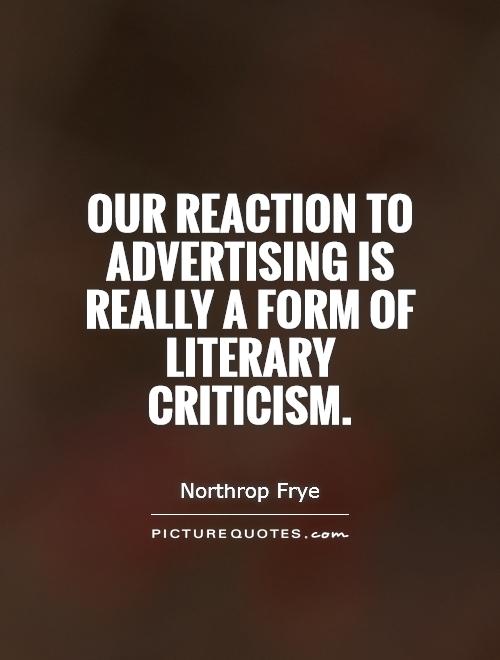
Our reaction to advertising is really a form of literary criticism
Northrop Frye, a renowned literary critic, once said that "our reaction to advertising is really a form of literary criticism." This statement may seem surprising at first, as advertising and literature are often seen as two distinct forms of communication. However, upon closer examination, it becomes clear that there are indeed similarities between the two.Advertising, like literature, is a form of storytelling. It seeks to capture the attention of the audience, engage their emotions, and persuade them to take a specific action. In this sense, advertising can be seen as a form of narrative, with its own characters, plot, and themes. Just as we analyze a novel or a poem for its underlying messages and meanings, we can also analyze advertisements for the messages they convey and the values they promote.
Furthermore, both advertising and literature rely on symbolism and metaphor to convey their messages. In literature, symbols are used to represent abstract ideas or concepts, while in advertising, symbols are used to create associations between a product and certain desirable qualities or experiences. For example, a luxury car advertisement may use images of wealth and success to suggest that owning the car will bring the same benefits to the consumer.
Additionally, both advertising and literature are forms of persuasion. Literature seeks to persuade readers to empathize with characters, adopt certain beliefs or values, or take specific actions. Similarly, advertising seeks to persuade consumers to buy a product, support a cause, or change their behavior in some way. In this sense, both advertising and literature can be seen as forms of rhetoric, using language and imagery to influence the thoughts and actions of the audience.
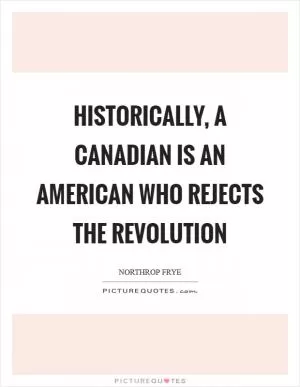
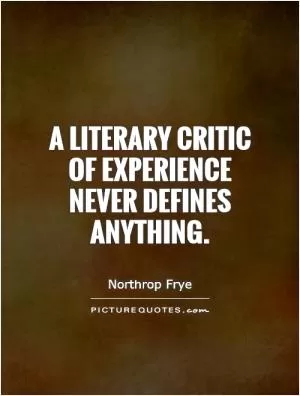
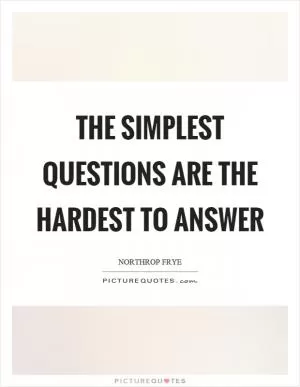
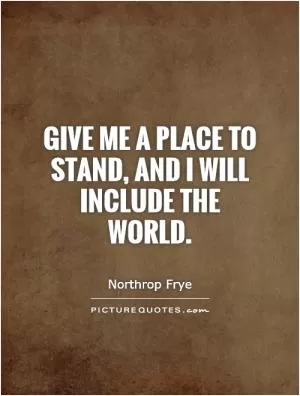
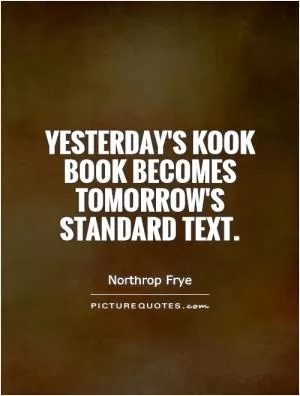
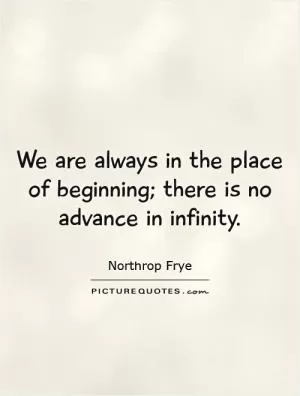


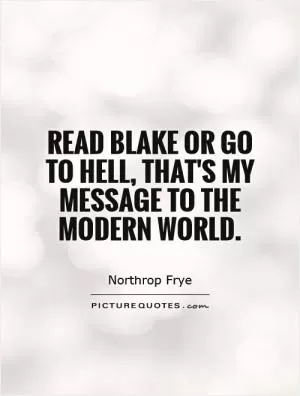
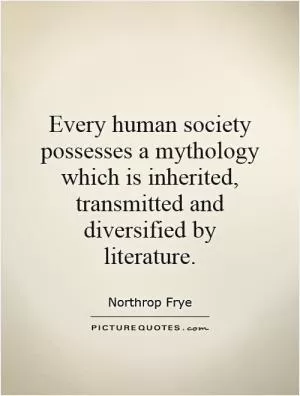
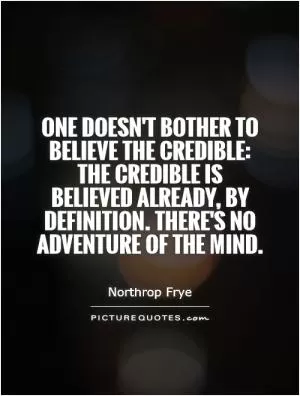
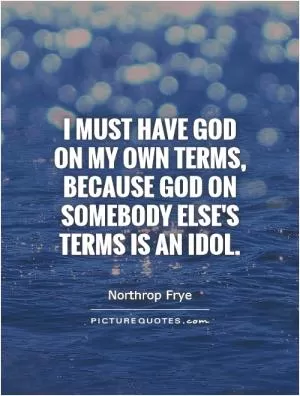
 Friendship Quotes
Friendship Quotes Love Quotes
Love Quotes Life Quotes
Life Quotes Funny Quotes
Funny Quotes Motivational Quotes
Motivational Quotes Inspirational Quotes
Inspirational Quotes